Changes for page 5. Firmware update
Last modified by Admin on 2025/02/28 11:48
Summary
-
Page properties (1 modified, 0 added, 0 removed)
Details
- Page properties
-
- Content
-
... ... @@ -8,7 +8,8 @@ 8 8 Required hardware and software: 9 9 10 10 * PC or laptop with Windows 10 or newer; 11 -* USB-CAN adapter – a device to communicate with the BMS Display; 11 +* BMS USB-CAN adapter – a device to power up and communicate with the BMS Display; 12 +** Also Systec, PEAK and Marathon USB-CAN adapters are supported, but 12 12 * [[ElectricDeviceMonitor>>https://movicomelectric.com/wa-data/public/site/app/ElectricDeviceMonitorSETUP.exe]] – a software to monitor and configure devices by Movicom Electric; 13 13 * Firmware (*.srec) – a new firmware for the BMS Display. 14 14 ... ... @@ -16,14 +16,16 @@ 16 16 17 17 Follow the steps below: 18 18 19 -~1. Connect the BMS Display to the USB-CAN adapter. If BMS USB-CAN used, move switches of the to the following positions:20 +~1. Connect the BMS Display to the USB-CAN adapter. 20 20 22 +2. Move switches of the to the following positions: 23 + 21 21 * 120 Ohm – “I”; 22 22 * +5V – “0”. 23 23 24 - 2. Connect the USB-CAN adapter to a PC.27 +3. Connect the USB-CAN adapter to a PC. 25 25 26 -4. If BMS USB-CAN used, move the switch “+5V” of the BMS USB-CAN to “I”.Otherwise power up the BMS Display.Check that the led of the BMS Display is blinking.29 +4. Move the switch “+5V” of the BMS USB-CAN to “I”. Check that the led of the BMS Display is blinking. 27 27 28 28 5. Open the Device Manager* and determine a name of an appeared serial port (Click the right mouse button on the Start menu and select the “Device Manager” item): 29 29 ... ... @@ -35,7 +35,7 @@ 35 35 36 36 [[image:Battery management systems.BMS Logic 12.4\. Firmware update.WebHome@1733156153290-392.png||data-xwiki-image-style-alignment="center" height="320" width="296"]] 37 37 38 -8. Select the correspondingCAN transport and click the “Settings” button to configure the adapter: selectdevice orport name that corresponds to the USB-CAN adapter and 250 kbit/s baud rate.41 +8. Select the CAN transport (BMS USB-CAN) (1.0.0) and click the “Settings” button to configure the adapter: select port name that corresponds to the BMS USB-CAN adapter and 250 kbit/s baud rate. 39 39 40 40 [[image:1740738923079-336.png||data-xwiki-image-style-alignment="center" data-xwiki-image-style-border="true"]] 41 41 ... ... @@ -48,7 +48,7 @@ 48 48 [[image:1740739041707-667.png||data-xwiki-image-style-alignment="center" data-xwiki-image-style-border="true" height="295" width="300"]] 49 49 50 50 * Set the following connection settings and click the “Launch” button: 51 -** device orport name that corresponds to the USB-CAN adapter;54 +** port name that corresponds to the BMS USB-CAN adapter; 52 52 ** baud rate: 250 kbit/s; 53 53 ** BMS Display Node ID (20 by default). 54 54 ... ... @@ -62,4 +62,4 @@ 62 62 63 63 ~11. Return to the “Updater” window and click the “Update” button. The updating process will start. 64 64 65 -12. Wait the updating process is finished. If using BMS USB-CAN, move the “+5V” switch to the “0” position.Disconnect the BMS Display device from the USB-CAN adapter.68 +12. Wait the updating process is finished. Move the “+5V” switch to the “0” position. and disconnect the BMS Display device from the BMS USB-CAN adapter.
